St. George’s Church (Madaba)
St. George’s Church is located in Madaba, Jordan. This historical church is known for its stunning Byzantine mosaic map of the Holy Land, which dates back to
Welcome to the enchanting land of Jordan, a country that effortlessly blends ancient history with modern allure. Nestled in the heart of the Middle East, Jordan offers an unforgettable experience for travelers seeking adventure, culture, and unparalleled hospitality. This complete Jordan travel guide is designed to provide you with essential information to make your journey to Jordan as smooth and enjoyable as possible.
Jordan features a Mediterranean climate, sharing the alluring warmth experienced throughout this renowned region. However, your travel objectives can greatly influence the ideal time to embark on your journey. Hopefully this Jordan travel guide helps you to decide which is best for you.
The spring months, with their mild temperatures, form one of the preferable times to discover this Middle Eastern gem. During this period, temperatures usually range from a comfortable 16°C to 22°C, thus providing perfect conditions for visiting ancient sites such as Petra and Jerash. This is also the period when the Jordanian landscapes cloak in a vivid green, bringing perfect opportunities for nature photography.
The fall season is another optimal time recommended.. Just like the spring, the fall offers mild climate conditions, and the locales are caught in the enchanting hues of autumn. The temperatures during these months usually fluctuate between 20°C to 25°C.
For those travellers who aim to avoid the crowd, winter months bring a quieter time for the journey. However, keep in mind that it can get very cold, particularly in the desert and in the mountains. Temperatures during these months can drop to lows of 3°C, hence warmer clothes are advisable if you decide to embark your Jordan journey in this season.
Summers in Jordan are generally scorching hot, with average temperatures soaring above 30°C. Given these conditions, you might want to reconsider visiting during these months, unless relaxed beach vacations by the Red Sea in Aqaba are the central aim of your visit.
Whichever season you choose, Jordan’s captivating charm remains lively throughout.
Feel the heartbeat of the Middle East, by exploring Jordan, the jewel teeming with ancient history and breathtaking landscapes. This Jordan travel guide will help you understand the numerous modes of transportation available to reach the country.
The most common and efficient way to get to Jordan is by air. The country has three major airports that handle international flights:
Major airlines serving these airports include:
Another way to get to Jordan is by land, with several border crossings available. Visitors need a valid passport and visa of course.
From Syria, you can cross into Jordan via Jaber or Ramtha, both operating 24/7 and 80km and 90km respectively away from Amman.
Israel shares three border crossings with Jordan: The Allenby/King Hussein Bridge, the Sheikh Hussein crossing, and the Wadi Araba Crossing. Travelers must have a pre-arranged visa and can’t cross international borders in private cars or tour buses. You basically need to walk across and have transportation with a Jordanian car arranged.
From Iraq, you can drive into Jordan via the Al-Karamah Border Crossing, which is open 24/7 and located 331km away from Amman.
Saudi Arabian travelers can use three border crossings to enter Jordan – the Umari, Mudawara, and Durra crossings, which are all open 24/7.
Please note that hours and regulations can change, it’s recommended to check these in advance of your trip.
Jordan can also be reached by sea, specifically through the Port of Aqaba, offering ferry services from Egypt:
With numerous flight options, land routes, and sea voyages, the journey to Jordan can be just as amazing as the destination itself.
With its rich history, stunning landscapes, and welcoming people, Jordan is undoubtedly a captivating destination. This detailed Jordan travel guide will help you understand the different modes of transportation available, along with their pros and cons, enabling a seamless travel experience.
Flying is the fastest and most convenient way to reach Jordan. The country’s primary international airport, Queen Alia International Airport, serves as a hub for both regional and international flights.
For domestic flights, you can consider flying down to Aqaba if you are heading down south:
The major carrier for domestic flights is Royal Jordanian Airlines
Jordan offers excellent road connectivity. Travelers can choose from buses, taxis or car rentals for commutation.
Jordon’s extensive bus network, managed by JETT and Trust International Transport, serves both urban and rural areas.
Taxis are prevalent in Jordan, with companies like Al Mumayaz and Amman.Cab offering these services.
For those who prefer privacy and flexibility, car rental services from companies like Europcar and Hertz are viable options.
No matter your preference, each mode of transport in Jordan offers a unique travel experience. Choose the one that suits your needs for an unforgettable journey!

Experience the magic of Middle Eastern charm by travelling to Jordan. Here are 15 insider travel tips to keep you safe, under budget, culturally informed, and food-wowed as you embark on this unique adventure.
1. Respect local customs: Jordanians are generally welcoming, but keep in mind their cultural and religious customs. Dress modestly—especially women—to respect Islamic culture.
2. Safety first: Jordan is comparatively safe, but it’s always wise to stay alert. Avoid traveling alone at night, and always make sure to have emergency contacts. The Jordanian emergency number is 911.
3. Language barrier: While English is widely spoken in major cities, learning a few basic Arabic phrases can go a long way. Use a language app like Duolingo for a quick pre-trip study.
4. Savor Jordanian Cuisine: No visit to Jordan would be complete without trying Mansaf, their national dish. Other mouthwatering must-try foods include Falafel, Shawarma and Kunafa.
5. Save money on food: Local eateries, particularly falafel and shawarma stalls, offer delicious meals at a fraction of the restaurant prices.
6. Currency: The Jordanian Dinar (JOD) is the official currency. Always have some cash for small vendors who may not accept credit cards. Here’s a helpful currency converter.
7. Use public transport: To save on travel costs, use reliable public transportation. The JETT buses cover major cities and tourist attractions.
8. Don’t skip the Dead Sea: A swim in the buoyant saltwater of the Dead Sea, famous for its therapeutic effects, is a must-do.
9. Hike Petra “through the backdoor”: This is a great way to see the monastery with almost no one there yet if you start early in the morning. It’s about a 2 hour hike so if you time it right you’ll have it all to yourself. The hike isn’t too bad but you will need to take a 4×4 taxi to get to the trailhead which costs about $15.
10. Orient your travel with festivals: Try timing your visit to coincide with the Jordan Valley Summer Festival in July or the Jerash Festival in late July and early August. They showcase Jordanian music, food, and culture.
11. Respect the monarchy: Criticizing the king is illegal in Jordan, so avoid any such conversations to respect their law and to avoid any trouble.
12. Pack appropriately: Jordan has a desert climate. Pack lightweight, breathable clothing, but also include a jacket for cooler nights.
13. Stay hydrated: It’s important to drink plenty of water to cope with the heat, especially during desert tours. Always carry a reusable water bottle.
14. Negotiate at local markets: In Jordan, negotiating prices is a common practice. Don’t be shy to haggle at local markets to get a good deal.
15. Get a Jordan Pass: If you’re planning to visit Petra and other top sights, consider buying a Jordan Pass. It can save you money on entrance fees and streamline your sightseeing experience. It also includes your visa as well. It is well worth it.
Travelers on a budget can opt for hostels, dormitories, or budget hotels in Jordan. Prices typically range from $10 to $30 per night. Most budget accommodations offer basic amenities, including Wi-Fi and sometimes a communal kitchen.
For those with a bit more to spend, mid-range options usually fluctuate between $40 to $80. This generally includes comfortable 3-star hotels offering free Wi-Fi, breakfast, air-conditioning, and ensuite facilities.
Luxury accommodations in Jordan are a treat for the discerning traveler. Upscale hotels or luxury suites cost around $120-$400 per night. Guests can expect top-notch, personalized service, plush rooms, and amenities such as personal concierge, pool access, and gourmet dining.
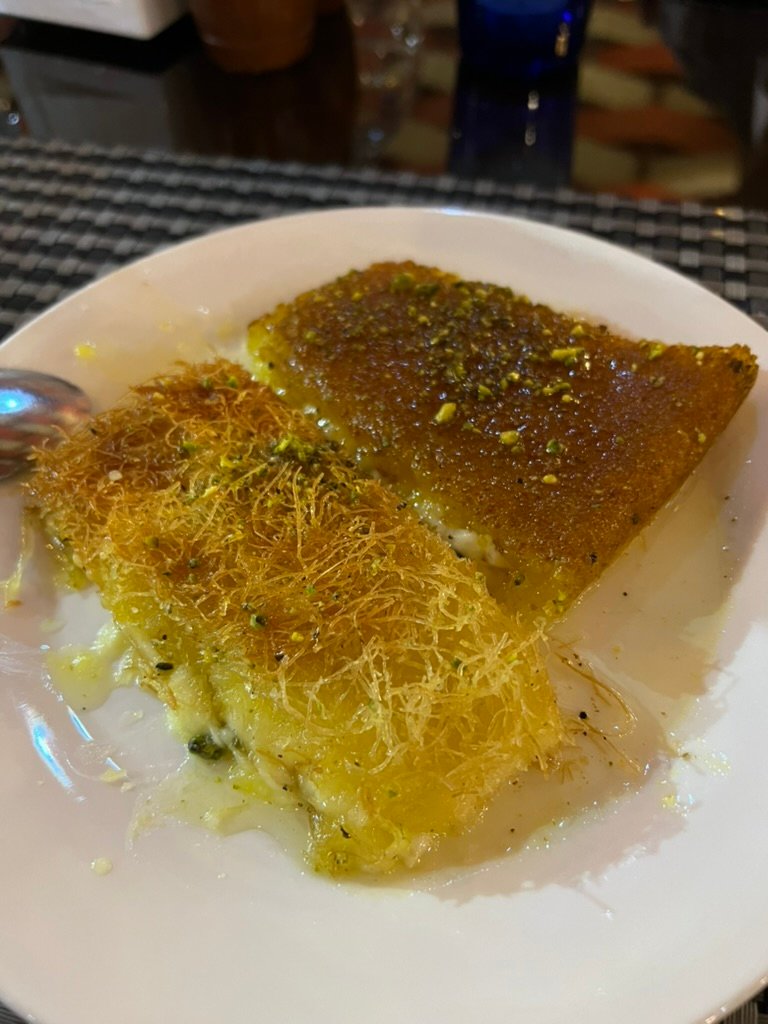
Street food and local fare in Jordan can be a delicious and economical meal option. Expect to pay around $1-$5 for meals like falafel sandwiches, shawarma or mansaf.
Mid-range restaurants offer a wider variety, including international cuisine, for roughly $10-$25 per meal. Remember to try the popular Jordanian dish called Maqluba when dining out.
Fine-dining experiences in Jordan cater to gourmet tastes and range from $30-$100 per person. These often include wine pairings, tasting menus, and refined ambiances.
Several options for commuting are available depending on your budget.
Jordan is scattered with several breathtaking attractions; here is a breakdown of some of the typical costs:
Immerse yourself in Jordanian culture by trying these iconic and sumptuous dishes.
Complement your Jordanian meal with these exquisite traditional beverages available across the country.
St. George’s Church is located in Madaba, Jordan. This historical church is known for its stunning Byzantine mosaic map of the Holy Land, which dates back to
Petra is a historical and archaeological city located in southern Jordan. It is famous for its rock-cut architecture and water conduit system. Tickets: Tickets to enter Petra
The Obelisk Tomb is a fascinating attraction located in Jordan. It is a historic tomb that dates back to ancient times and is known for its unique
The Royal Tank Museum Jordan is a fascinating attraction located in Amman, Jordan. It showcases a vast collection of tanks and armored vehicles from different eras, providing
Karak Castle is a historic fortress located in Karak, Jordan. It is perched on a hilltop and offers stunning panoramic views of the surrounding landscape. Tickets: Admission

The Citadel in Amman is a fascinating spot for history buffs and culture enthusiasts. Nestled in the center of Amman, Jordan, it showcases the area’s vibrant history,
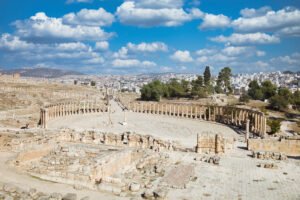
Jerash, Jordan
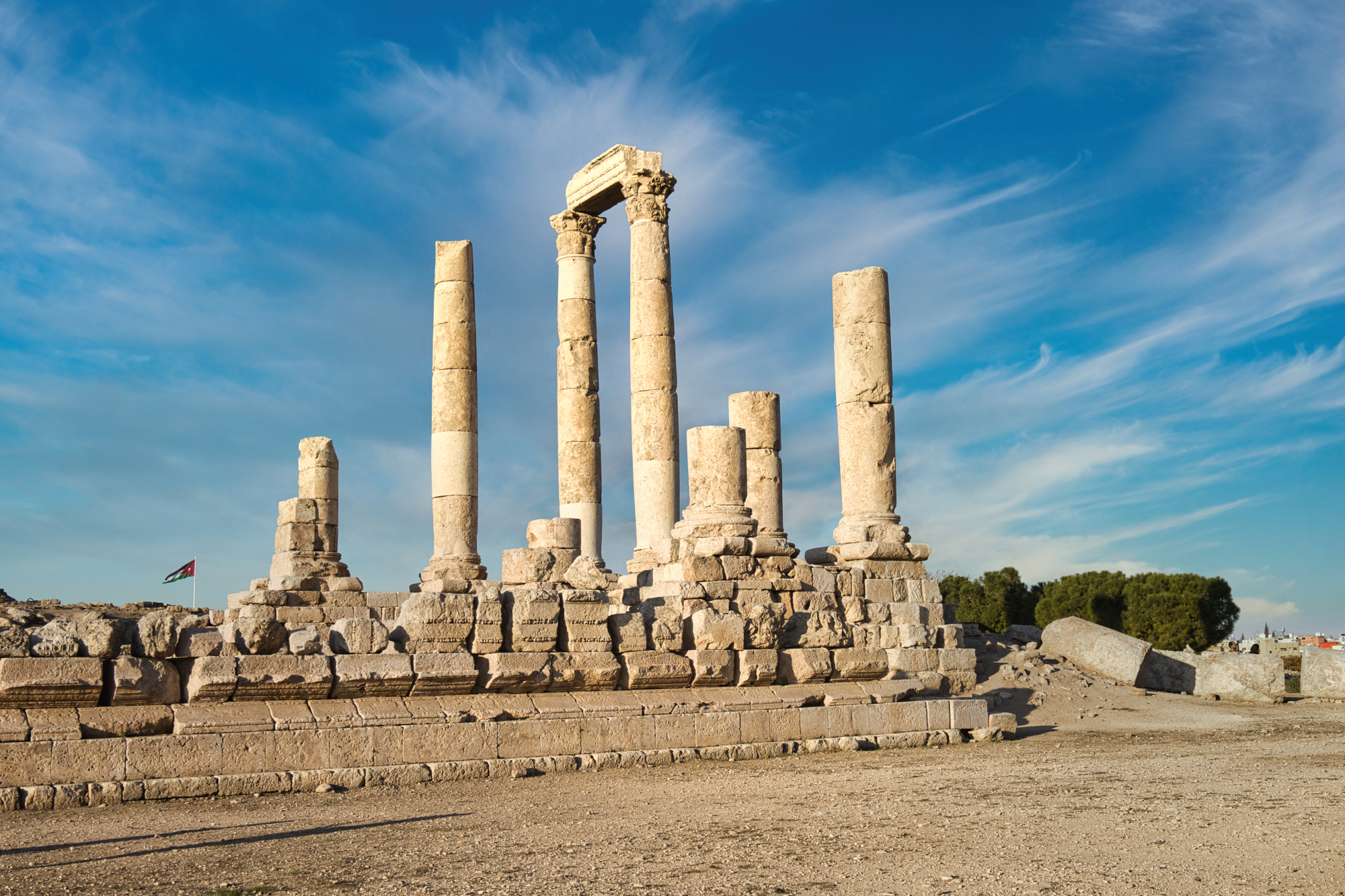
Amman, Jordan
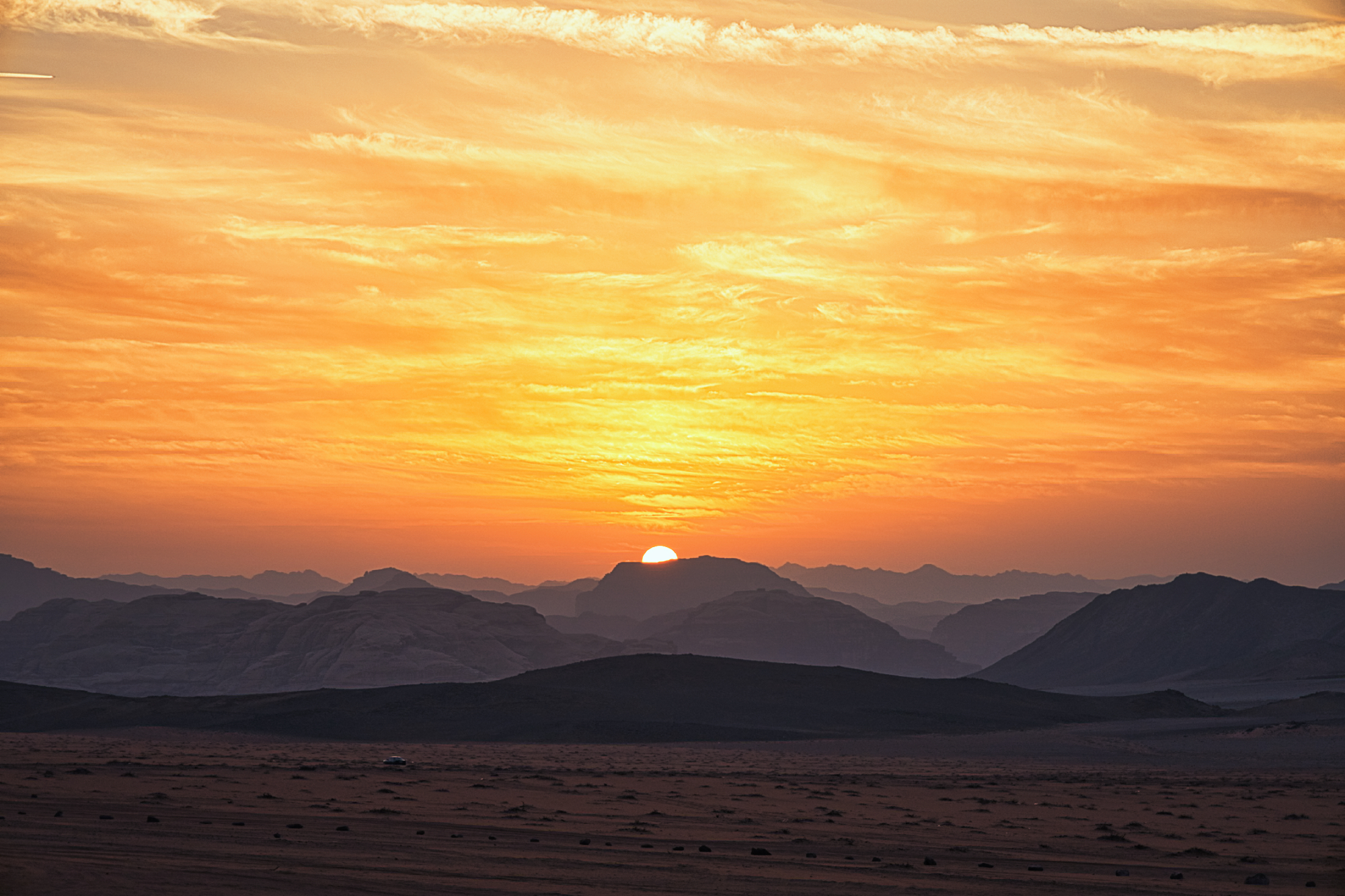
Wadi Rum, Jordan Photos
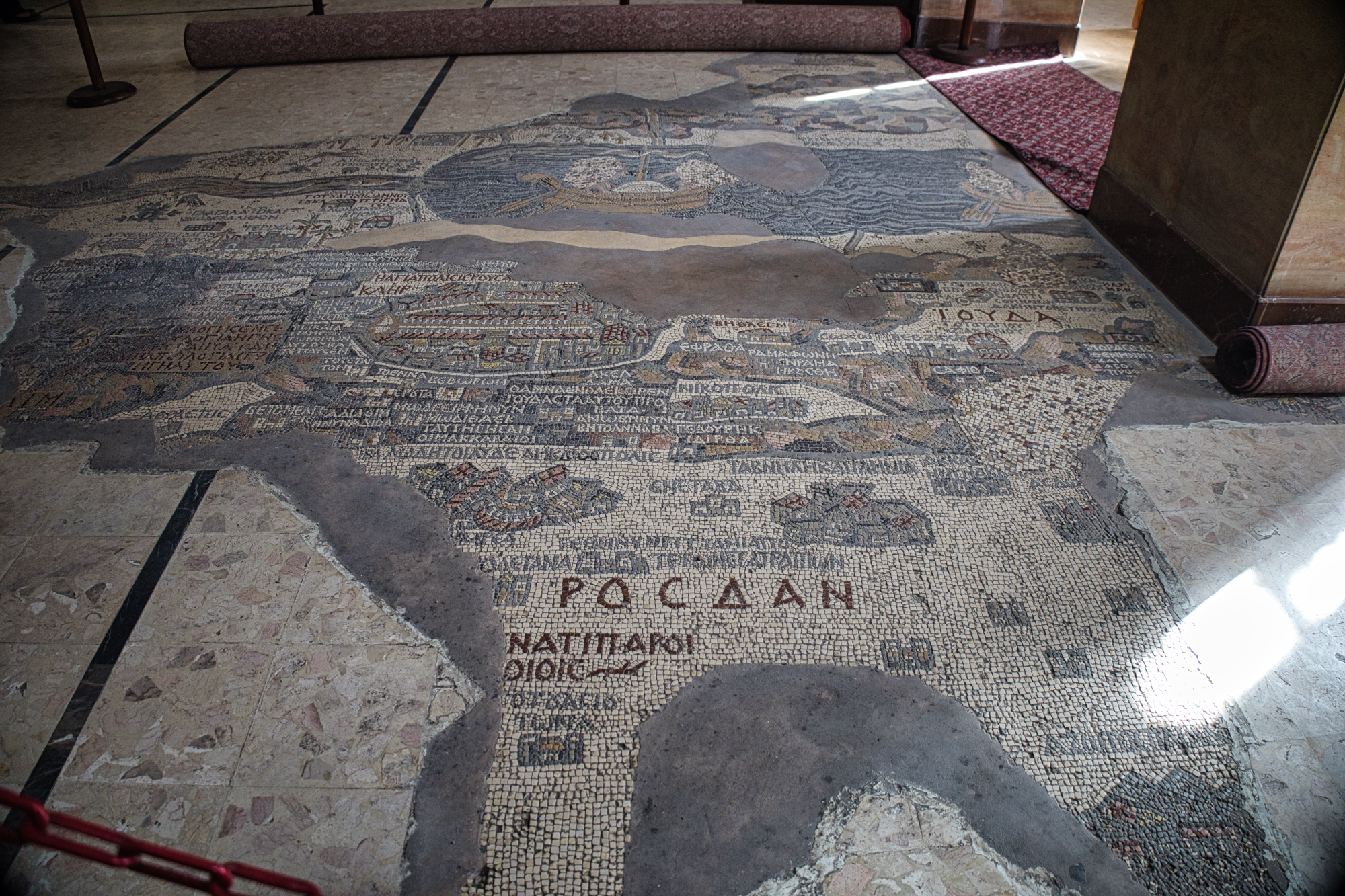
Madaba, Jordan
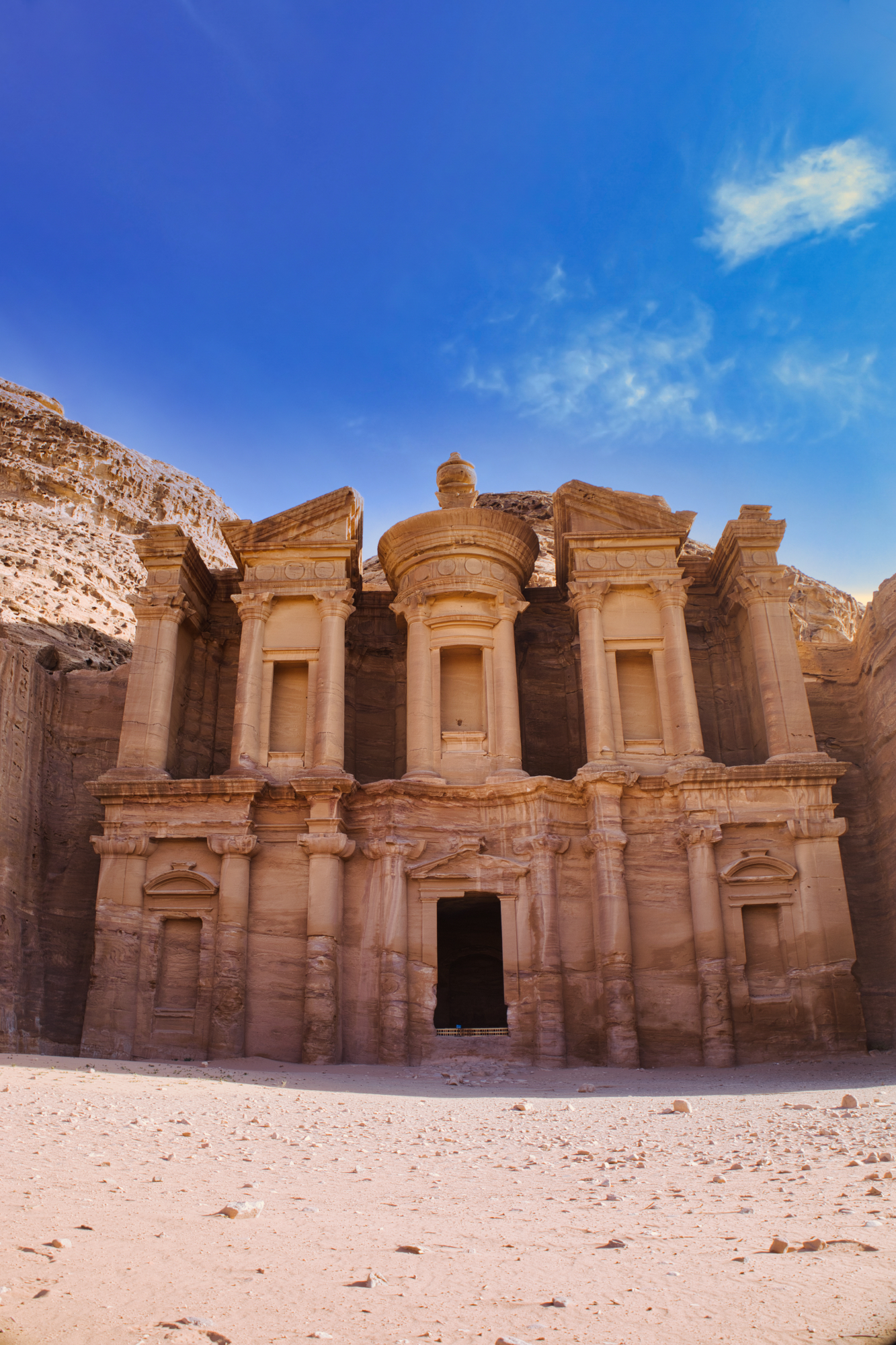
Petra, Jordan

Shobak Castle, Jordan
You are't logged in
• Create Travel Plans/Trips
• Collect Places You've Been
• Connect with Like-Minded Travelers
• Contribute to the Community by Posting New Recommendations
Already Registered? Login.
